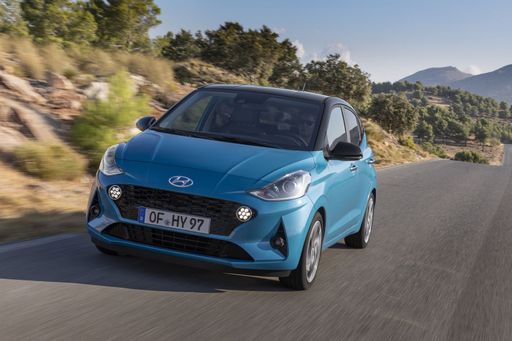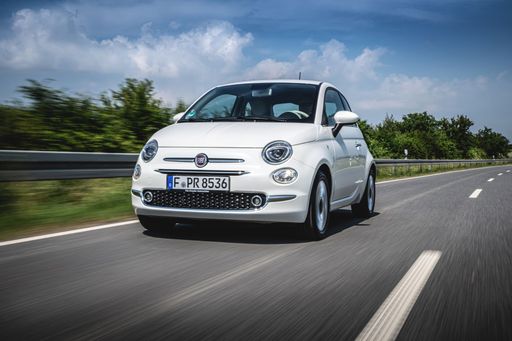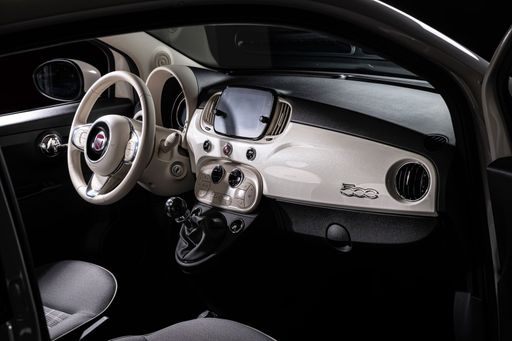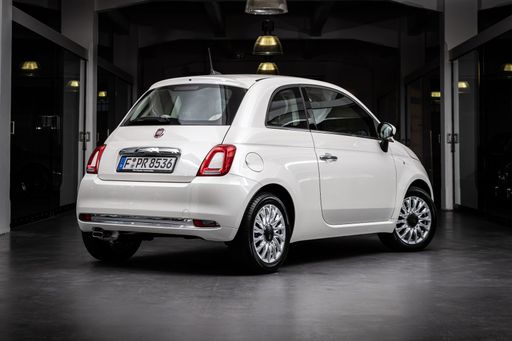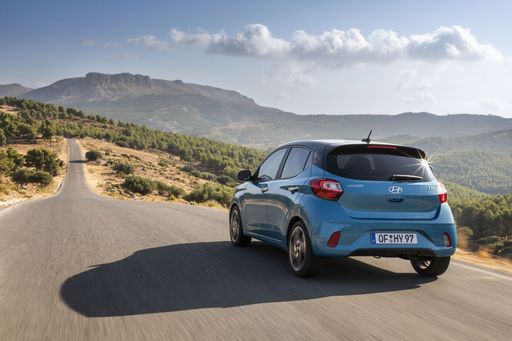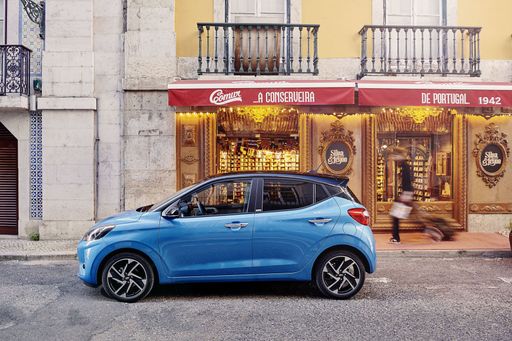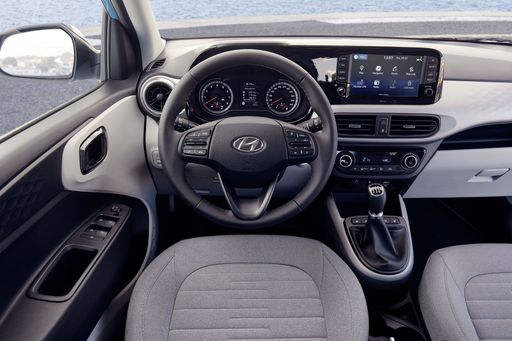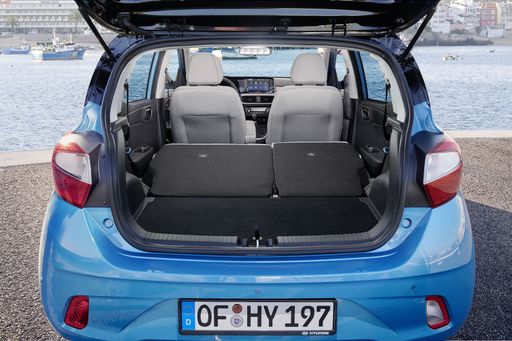Fiat 500 vs Hyundai i10: A Detailed Comparison
As the automotive market continues to innovate, two city cars have emerged as popular choices for urban dwellers: the Fiat 500 and the Hyundai i10. Each offers unique advantages, and understanding their technical aspects and innovations can help potential buyers make an informed decision. Let’s delve into what each model brings to the table.

